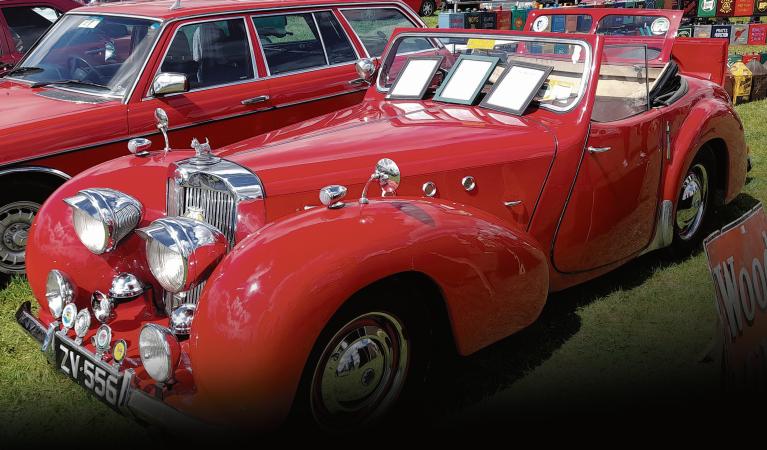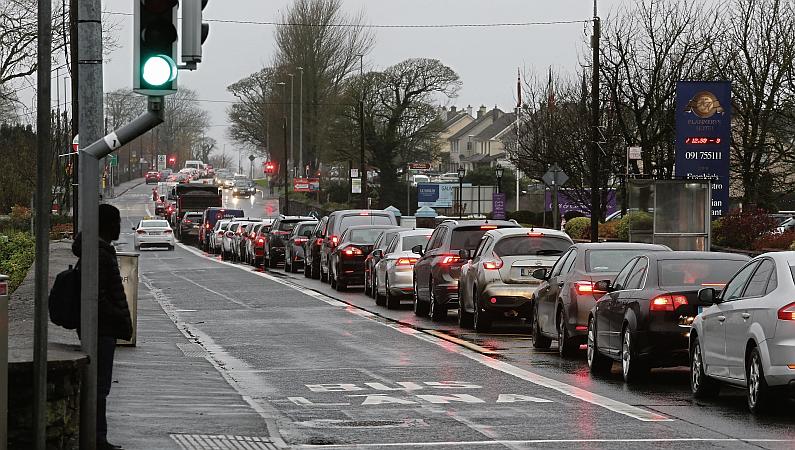Campaign for light rail intensifies as gridlock doubles in six years
Published:
-
-
Author: Denise McNamara
~ 3 minutes read
From this week's Galway City Tribune
Motorists in the city are sitting for four days or 94 hours a year in traffic gridlock – more than double what it was just six years ago.
And it’s costing the local economy €170 million for the privilege.
These sickening statistics are contained in a submission by GLUAS, the Galway campaigners for a light rail system in the city, to consultants being funded by Transport Minister Eamon Ryan to investigate the merits of light rail for Galway.
The new feasibility study will form part of the Galway Metropolitan Area Transport Strategy (GMATS) currently being drawn up to replace the Galway Transport Study (GTS), compiled in 2016.
The submission argues that the GTS – which advocated a ring road and a rapid bus transit system – had only considered a Dublin Luas style light rail for Galway, measuring this against 10 criteria. It won out on eight of the 10, losing out only on cost and capacity.
“Very Light Rail (VLR) technology was in its infancy then. Our connection with the Coventry-based Black Country Innovative Manufacturing Organisation tells us that its innovative VLR technology is at an advanced stage of development and testing, and is expected to be running on the streets of Coventry as soon as 2025,” the group states.
This design can be installed quickly and cheaply and can be easily removed and replaced to allow for utility maintenance, the explain. The system includes a light tram vehicle and a rapid charging unit for battery-operated trams.
It allows trams to run for up to 70km without charge.
“A light tram system, which uses battery-driven very light rolling stock, can turn in tight radii, has a rapid charging station, uses regenerative braking and, very importantly, uses thin track bed technology” is critical for Galway.
The cost of light tram vehicles is closer to that of a similar capacity bus than of a LUAS type vehicle. The are cheaper to install as they don’t require the removal of overhead catenary wires and there is a much-reduced dig.
The considerably reduced capital cost removes one of the big barriers that was identified previously in the GTS, the campaigners state.
“A VLR system can be built in Galway and it will prove to be cost-effective and will be value for money – careful projections put the estimate at €280m for a 20km section of track – or €14M/km.
“The relatively linear east-west nature of Galway City also offers another advantage for light rail, as our projections show that a 20km track would cover a significant proportion of the city.”
They propose a line from the Cappagh Roundabout area in Knocknacarra to Clybaun Road onto Bishop O’Donnell/Séamus Quirke Roads, servicing the University Hospital and University of Galway. From there, it would service the N6, Ballybrit, Merlin Park, Doughiska and finish in the Parkmore Park area.
Pictured: Motorists in Galway spend 96 hours every year in tailbacks. PHOTO JOE O’SHAUGHNESSY.
More like this:

Frustration over “red tape” stunting rollout of electric vehicle charge points across Connemara
There’s immense frustration in Connemara over the continued lack of electric vehicle charge...

Man in his fifties missing from Gort found safe and well
A man in his fifties missing from Gort has been found safe and well. 56-year-old PJ Reilly had be...

Curtain comes down on DADS Faith Healer
The curtain came down on Dunmore Amateur Dramatic Society’s award-winning production ‘Faith Heale...

Crowds descend on Kiltulla & District Vintage Club’s annual extravaganza
The skies were sunny as the crowds gathered for the recent Kiltulla & District Vintage Show –...

Clifden District Hospital set to re-open on Monday
Clifden District Hospital, which closed temporarily at the end of February is set to re-open on M...

Record numbers expected this weekend at Fleadh Cheoil na Gaillimhe in Claregalway
Record numbers are expected in Claregalway this weekend for the Fleadh Cheoil na Gaillimhe 2024. ...

Galway farmers to take part in Lidl new sustainable beef programme
20 Irish beef farmers from Galway, Cavan, Longford, Meath, Roscommon, Westmeath and Wexford have ...

Eamon Ryan says solutions to traffic chaos in Galway cannot be decided in Dublin
The solutions needed to tackle the traffic chaos in Galway cannot be decided in Dublin, and can o...

Claddagh Watch secures five-year funding partnership with leading company
Claddagh Watch has secured a five-year funding partnership with a leading Irish company. UTS Tech...
Sign Up To get Weekly Sports UPDATES





